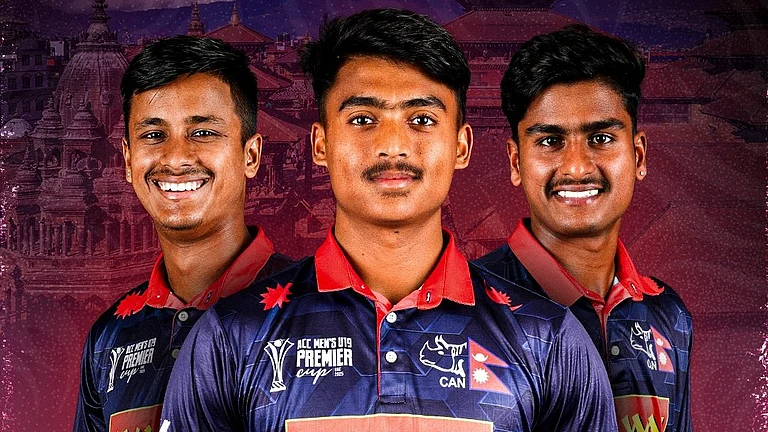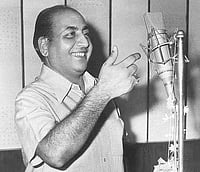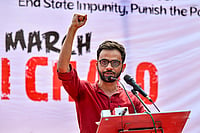Anju Mahendru has about ten mentions in this biography of Rajesh Khanna. They mainly refer to her live-in stint with the actor, her own reluctance to formalise the relationship, Rajesh Khanna’s intitial generosity and later spitefulness towards her, and her presence at his funeral. Khanna’s wife, Dimple, gets twice the number of mentions that span the time from her marriage to her estrangement, and covering the possibility of her being party to getting her husband’s thumb impressions on legal papers while he was too ill to know better.
Other women who had starring roles in Khanna’s life (except Tina Munim), like journalist Devyani Chaubal, who boosted his career on paper, and his millions of hysterical women fans are ignored. This, then, is a serious chronicle of an actor’s career, acclaimed and recognised as India’s first real superstar. The book packs in information covering Khanna’s childhood and college days, his early friendship and competition with Ravi Kapoor, who would beat him in the celluloid race as Jeetendra, in some detail. The Filmfare United Producers’ Talent Hunt, which would be the turning point in the aspirant’s career, is an interesting story, highlighting Khanna’s dedication to his art, and his singular individuality.
The first part of the book is pure journalism. Chintamani places fact after fact for the reader to take in, as he traces the trajectory of Khanna from aspirant to actor to star. Webbed into the narrative are details of Khanna’s personal life, up to where they serve to show how his mind worked. Chintamani spends many pages in discussing each of Khanna’s major films in detail: story, role and everything attendant, as he traces Khanna’s career graph. As he follows Rajesh Khanna’s dizzying superstardom that starts with Aradhana (1969) and continues at breathless speed through the next four years, Chintamani comes into his own. His constant evaluation of the decisions Khanna makes in his choice of films, the passion he brings to the most common roles, his penchant for celebrating death, which took him one step ahead of ‘tradegy king’ Dilip Kumar, is the result of his careful study of the phenomenon.
However, he glosses over the reasons for Khanna’s decline—lack of discipline, arrogance with co-stars and producers and the loss of the romantic hero image with weight gain. Khanna had an ongoing battle with arch rival Amitabh Bachchan, who he reportedly insulted at every opportunity, but who cast a shadow that he was unable to step away from.
But the book’s most important contribution is the dispelling of the myth that Rajesh Khanna was a star whose star extinguished quickly. It follows him through the unexpected hits and many misses of his career after 1972 to show how the actor repeatedly tried to reinvent himself with off-beat roles (Avishkar, Red Rose). His generosity in working in films for almost no fee, his unreported humility and gentleness when working with younger actors in later years, and his astounding carelessness with money that had the world thinking he was bankrupt when he was a millionaire many times over, are all valuable inputs that make complete the fragmented picture we had till now.


























